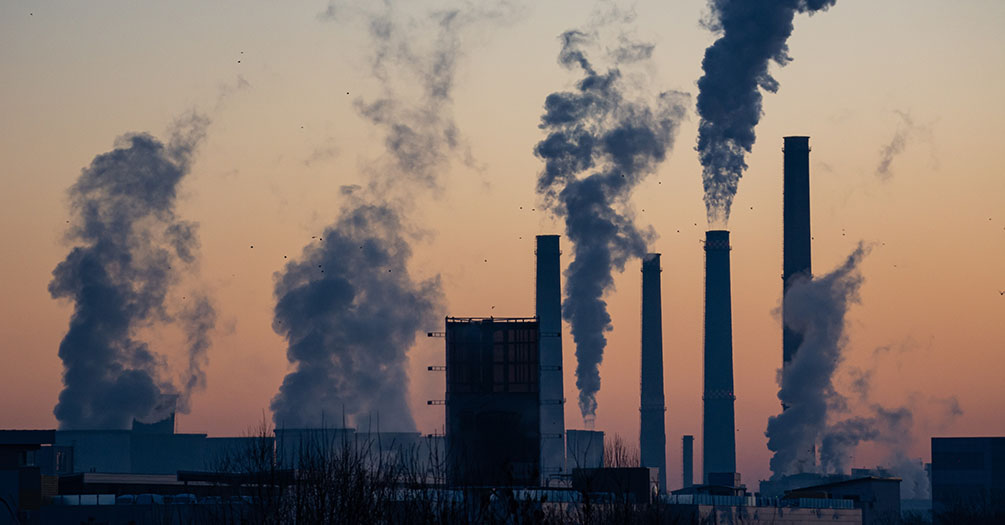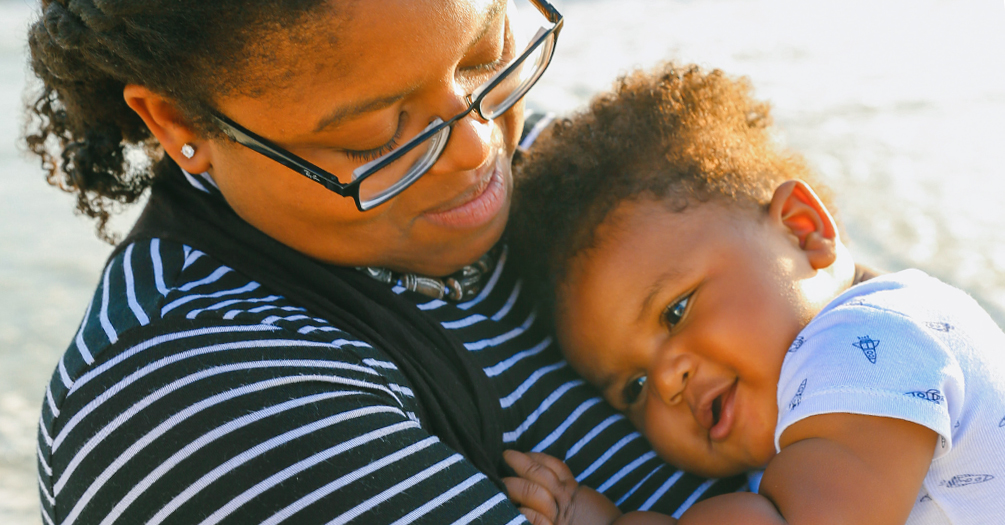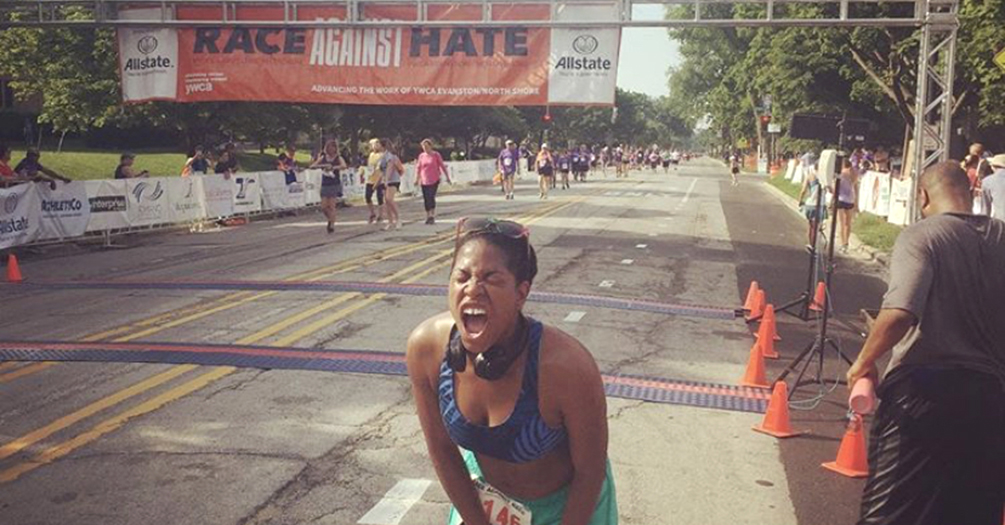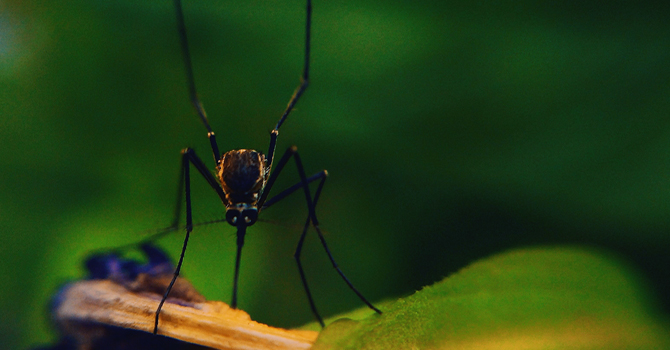
Outbreaks Inevitable as Childhood Vaccination Rates Decrease
Sarah Javaid and Giovanna Buttazzoni
COVID-19 poses unique challenges to vaccination programs, with children around the world going unvaccinated for a variety of reasons. To prevent childhood deaths and disease spread due to decreased vaccination coverage, immunization programs must continue during the pandemic.





